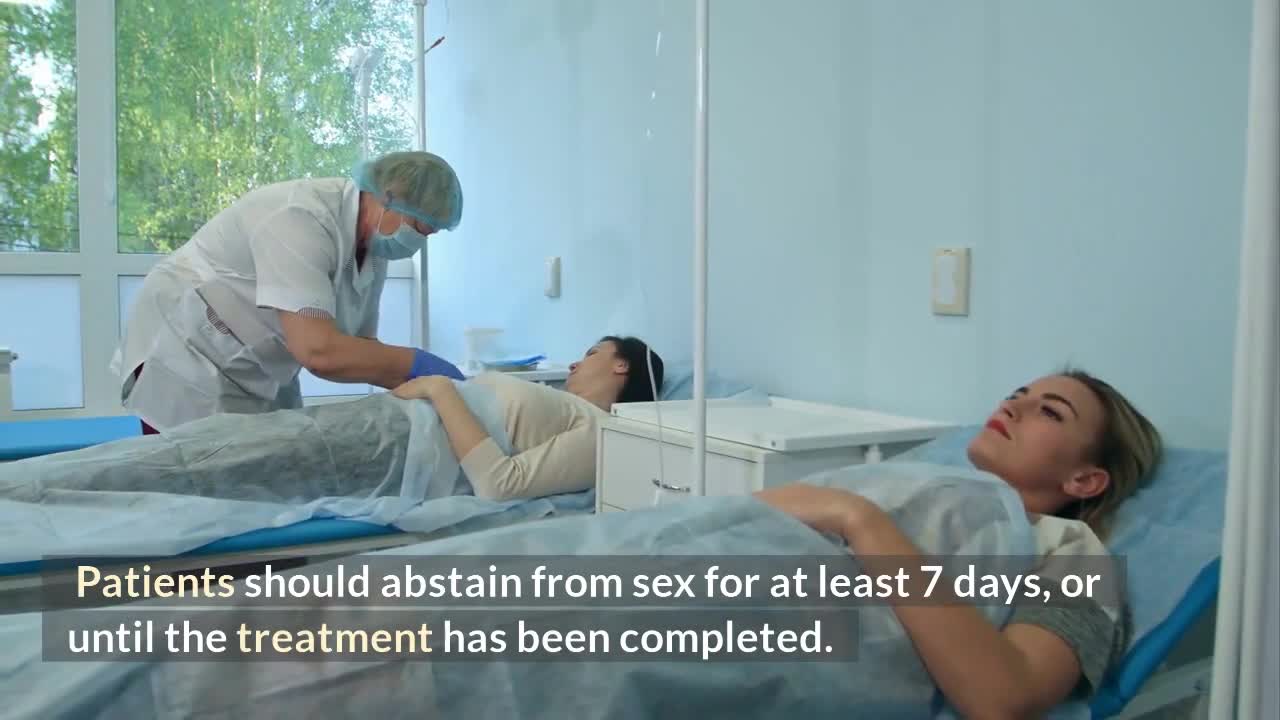Premium Only Content

Gonorrhea - Causes, Signs & Symptoms, Diagnosis, Treatment and Prevention
Gonorrhoea is a sexually transmitted infection caused by the bacterium Neisseria gonorrhoeae, commonly known as gonococcus.
This bacterium is an intracellular pathogen which infects the urethra, endocervix, rectum, pharynx, and conjunctiva.
Up to 50% of infected women and 10% of infected men are asymptomatic.
Co infection with Chlamydia trachomatis is common, occurring in 20% of men and 40% of women with gonococcal infection.
Period between the initial infection & symptom onset is about 2–14 days, and most symptoms in males occur between day two and day five.
In men, gonorrhoea can cause anterior urethritis with mucopurulent or purulent urethral discharge and pain during urination, also known as dysuria.
The discharge can be profuse, even causing staining of underwear.
Persistent infection can cause ascending infection in the testes as a complication.
In women, symptoms may include increased vaginal discharge, painful urination, bleeding after intercourse or intermenstrual bleeding, and lower abdominal pain.
Complications include Bartholin’s abscesses, and ascending infection into the uterus and fallopian tubes causing endometritis and pelvic inflammatory disease.
In pregnancy, gonorrhoea is associated with preterm birth, postpartum infection, and neonatal purulent conjunctivitis due to vertical transmission during vaginal delivery.
Rectal infection, through receptive anal sex, may be asymptomatic but can cause rectal inflammation, also known as proctitis.
Gonococcal septicaemia is a rare complication of gonorrhoea infection, presenting as fever, tendon inflammation, arthritis, and characteristic erythematous skin lesions.
#Gonorrhea #GonorrheaTreatment #MedToday
-
 2:42:52
2:42:52
TimcastIRL
5 hours agoTrump To Deploy National Guard To Chicago, Baltimore, Democrats Call To Resist | Timcast IRL
202K51 -
 3:22:30
3:22:30
Laura Loomer
6 hours agoEP141: Muslims Call For Political Assassinations At Michigan Palestinian Conference
31.6K24 -
 4:39:32
4:39:32
Barry Cunningham
7 hours agoBREAKING NEWS: PRESIDENT TRUMP IS GOING TO TAKE CHICAGO! LFG!!! (IT'S MOVIE NIGHT!)
79.8K51 -
 1:23:59
1:23:59
Man in America
8 hours agoTrump Demands Big Pharma Come Clean on Covid Shots w/ Dr. David Martin
34K25 -
 1:40:27
1:40:27
megimu32
4 hours agoOTS: Labor Day Sitcom Blowout - Tim, Ray, & Relatable Chaos!
30K4 -

StevieTLIVE
4 hours agoWarzone Wins w/ FL Mullet Man
24.5K1 -
 1:04:01
1:04:01
BonginoReport
8 hours agoLefties Wish Death on Trump but He’s BACK! - Nightly Scroll w/ Hayley Caronia (Ep.125)
183K83 -
 3:18:28
3:18:28
Tundra Tactical
5 hours ago $0.51 earnedWe Survived the Military… But Not This Basement
27.8K -
 20:12
20:12
Clownfish TV
13 hours agoDisney Needs MEN Back?! They ADMIT Star Wars and Marvel are DEAD!
23.7K37 -
 1:37:00
1:37:00
Anthony Rogers
12 hours agoEpisode 381 - Tim Kelleher
15.9K1